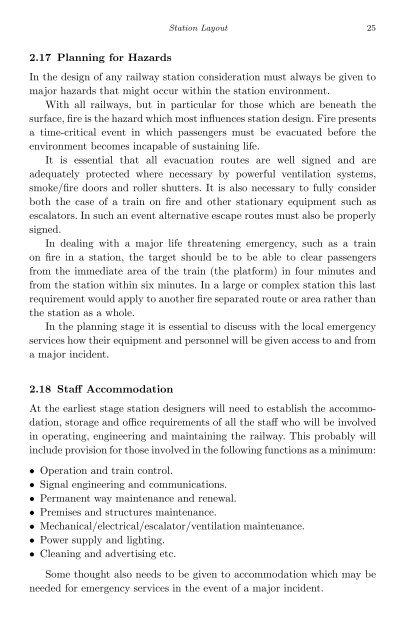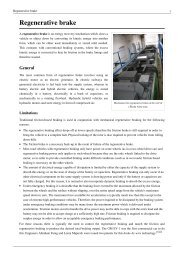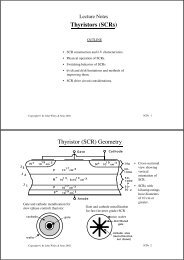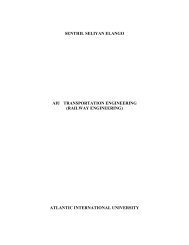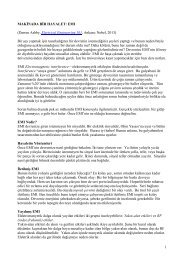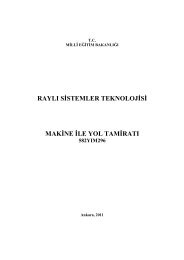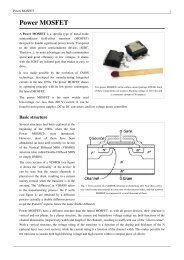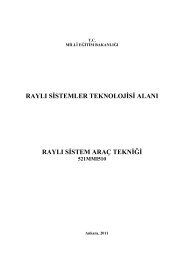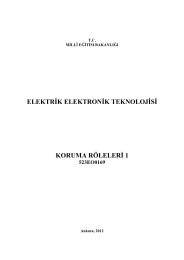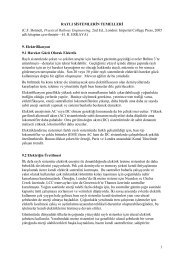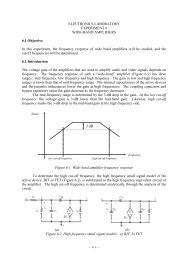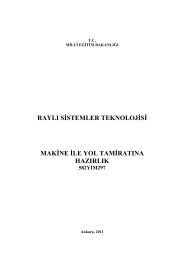2nd Edition
2nd Edition
2nd Edition
Create successful ePaper yourself
Turn your PDF publications into a flip-book with our unique Google optimized e-Paper software.
Station Layout 25<br />
2.17 Planning for Hazards<br />
In the design of any railway station consideration must always be given to<br />
major hazards that might occur within the station environment.<br />
With all railways, but in particular for those which are beneath the<br />
surface, fire is the hazard which most influences station design. Fire presents<br />
a time-critical event in which passengers must be evacuated before the<br />
environment becomes incapable of sustaining life.<br />
It is essential that all evacuation routes are well signed and are<br />
adequately protected where necessary by powerful ventilation systems,<br />
smoke/fire doors and roller shutters. It is also necessary to fully consider<br />
both the case of a train on fire and other stationary equipment such as<br />
escalators. In such an event alternative escape routes must also be properly<br />
signed.<br />
In dealing with a major life threatening emergency, such as a train<br />
on fire in a station, the target should be to be able to clear passengers<br />
from the immediate area of the train (the platform) in four minutes and<br />
from the station within six minutes. In a large or complex station this last<br />
requirement would apply to another fire separated route or area rather than<br />
the station as a whole.<br />
In the planning stage it is essential to discuss with the local emergency<br />
services how their equipment and personnel will be given access to and from<br />
amajorincident.<br />
2.18 Staff Accommodation<br />
At the earliest stage station designers will need to establish the accommodation,<br />
storage and office requirements of all the staff who will be involved<br />
in operating, engineering and maintaining the railway. This probably will<br />
include provision for those involved in the following functions as a minimum:<br />
• Operation and train control.<br />
• Signal engineering and communications.<br />
• Permanent way maintenance and renewal.<br />
• Premises and structures maintenance.<br />
• Mechanical/electrical/escalator/ventilation maintenance.<br />
• Power supply and lighting.<br />
• Cleaning and advertising etc.<br />
Some thought also needs to be given to accommodation which may be<br />
needed for emergency services in the event of a major incident.


